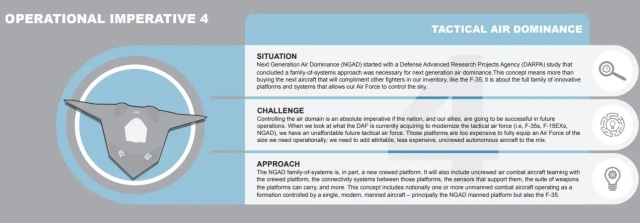As reported by the American resource "The Drive" in the Joseph Trevithick material "Next Generation Air Dominance Fighter Competition Has Begun" ("A competition for the Next Generation Air Dominance fighter program has begun"), the US Air Force on May 18, 2023 published a secret request for proposals for concluding a contract for the design and production of prototypes (Engineering and Manufacturing phase of the Development - EMD) programs for the creation of a new unobtrusive manned tactical fighter of the sixth generation. The move is part of the U.S. Air Force's most significant forward-looking initiative, Next Generation Air Dominance (NGAD). It is expected that the promising NGAD combat aircraft will become a direct successor to the American low-profile fifth-generation Lockheed Martin F-22 Raptor fighter, but it will perform much larger tasks than its predecessor.
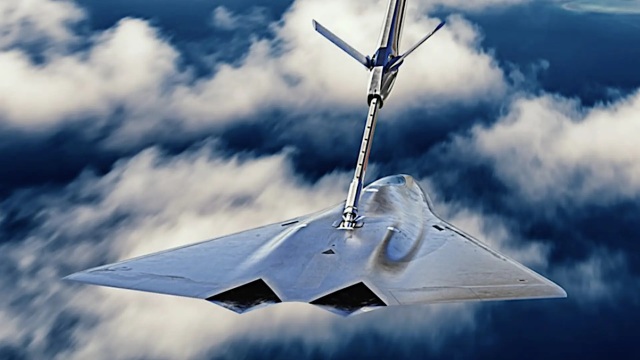
The conceptual appearance of a promising sixth-generation fighter, presented by Lockheed Martin Corporation (c) Lockheed MartinCompetition for this contract is expected to be very fierce, as the NGAD may well become the last promising manned tactical fighter created for the US Air Force.
The US Air Force announced the request for proposals on May 18, 2023 in a press release. US Secretary of the Air Force Frank Kendall said in June last year that the NGAD combat aircraft had entered the design and production phase of prototypes (EMD). Kendall's comments were followed by an announcement that the Inspector General was conducting a study of the state of the NGAD aircraft program. In September last year, he explained that formally this milestone has not yet been reached. At least one demonstrator aircraft under the program has been flying for several years, and Kendall has stated in the past that this program was based on advanced experimental developments carried out since at least 2015.
"The NGAD platform is a vital element of the family of air supremacy systems, which represents a technological leap by a generation compared to the F-22, which it will replace," US Secretary of the Air Force Frank Kendall said in a statement accompanying the press release on May 18. "NGAD will include characteristics such as enhanced combat capabilities and the ability to survive, maintain stability, interact and adapt in the air environment, and all this in a highly contested operational environment. No one does it better than the US Air Force, but we will lose this advantage. if we don't move forward now."
Details about what the specific requirements of the US Air Force are for this aircraft remain limited. It is not known who can submit proposals to the competition, although it is generally expected that Lockheed Martin, Northrop Grumman and Boeing corporations will be at the center of the upcoming competition.
"This request officially begins the supplier selection process, providing the industry with the requirements that the US Department of the Air Force expects from NGAD as a future replacement for the F-22," a press release said on May 18. - "Additional information about the technical and software details of the NGAD platform is classified to protect operational and technological advantages."
"NGAD's acquisition strategy will revitalize and expand the industrial base to provide fast and innovative combat capabilities," the press release added. - "This strategy incorporates lessons learned from recent U.S. Air Force procurement programs and will use open architecture standards. This approach will allow the government to maximize competition throughout the lifecycle, provide a larger and more flexible industry base, and dramatically reduce maintenance and support costs."
US Secretary of the Air Force Kendall has previously stated that he expects NGAD aircraft to be highly advanced platforms that will cost "several hundred million dollars" per unit. Low visibility in a wide range, advanced capabilities for conducting electronic and other "spectral" forms of warfare, as well as significant range and payload characteristics are likely to be the central elements of the project. The broader NGAD initiative also includes programs aimed at developing advanced unmanned aerial vehicles with a high degree of autonomy, as well as new engines, weapons, electronic warfare systems, sensors, combat control networks and other systems.
It has also been expected for a long time that these aircraft will replace F-22 fighters in the US Air Force and take on their tasks, including acting as inconspicuous "quarterbacks" to dominate large-scale air operations in areas with strong opposition. The fact that the NGAD combat aircraft should perform this task was confirmed last year when US Secretary of the Air Force Kendall announced that the Air Force plans to purchase about 200 NGAD aircraft, as well as at least 1,000 UAVs-"loyal wingmen", designated as Collaborative Combat Aircraft (CCA). The initial figure of 1,000 UAVs was based on an operational concept, according to which two of them will operate together with each of the 200 NGAD aircraft, as well as with 300 inconspicuous F-35A Joint Strike Fighter fighters. The CCA program is another part of NGAD.
Judging by the contract prospects, there are clear signs that the US Air Force is trying to avoid the mistakes it has made in the past with other advanced aircraft acquisition programs, especially with the F-35A. Kendall has publicly stated his interest in the Air Force's ability to obtain more intellectual property rights in order to be less dependent on the original manufacturer in subsequent modernization and technical support activities.
This, together with the relatively low expected production volume and high cost of the NGAD aircraft, may lead to intense competition for the EMD phase contract, but also to the subsequent greater attention from the winning and losing contractors to various other projects under NGAD, especially the CSA program. While the U.S. Air Force is now planning to purchase at least 1,000 CCA UAVs of the same type, Secretary Kendall has left the door open to purchase hundreds, if not thousands, of other UAVs of different types to meet the requirements of the Air Force in this direction. The final number of NGAD manned aircraft purchased is likely to fluctuate as the program progresses.
A large number of contractors, both small and large, will have to work together on the final NGAD project, regardless of which company will be selected by the parent company to lead the development program.
The US Air Force hopes to conclude a stage contract for the EMD stage on the NGAD platform next year. In the past, US Air Force officials have stated that there is hope that NGAD combat-ready aircraft will begin entering service before the end of the decade. This ambitious schedule also indicates that a significant amount of R&D has already been done.
In its budget request for fiscal year 2024, the US Air Force requests $276 million for work to reduce the risks of the NGAD manned aircraft program. This is part of the total funding under the NGAD program in the amount of $ 1.93 billion, which the US Air Force hopes to receive in the next financial cycle. In particular, these funds do not include some elements of the broader NGAD initiative, including separate funding areas for CCA and the Next Generation Adaptive Propulsion (NGAP) advanced engine program.
The question also remains open as to how the conclusion of the contract for the EMD stage on the NGAD platform of the US Air Force will affect a separate US Navy's own program for a promising sixth-generation combat aircraft, also designated NGAD. The two armed forces have different requirements for their next-generation tactical aircraft, but both work closely together on various aspects of their programs. For example, both NGAD platforms will be able to control each other's CCA UAVs through a common communication and control architecture. Close cooperation also continues on many other aspects of the programs. While aircraft airframes may end up looking different, however, subsystems, coatings, and more are likely to be shared, at least to some extent. The US Navy has its own program to develop the so-called F/A-XX fighter, which looks like it will be significantly expanded.in next year.
At the same time, it is expected that the NGAD manned platform will become the central element of the promising fleet of tactical fighters of the US Air Force for many years to come, and will also interact with the family of long-range systems, the central element of which is the promising B-21 bomber. Now the US Air Force has taken the next big step towards making the NGAD aircraft a reality.
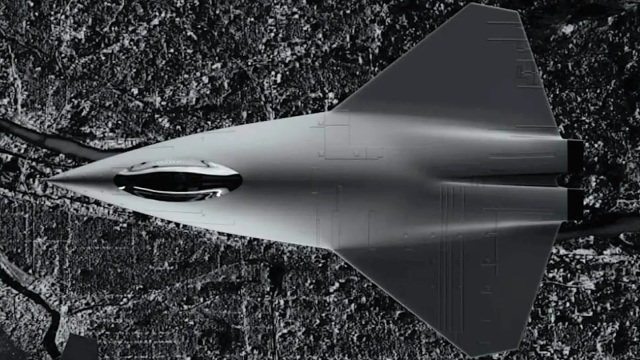
The conceptual appearance of a promising sixth-generation fighter, presented by Collins Aerospace (c) Collins AerospaceThe conceptual appearance of a promising sixth-generation fighter from a video distributed by Northrop Grumman Corporation (c) Northrop Grumman
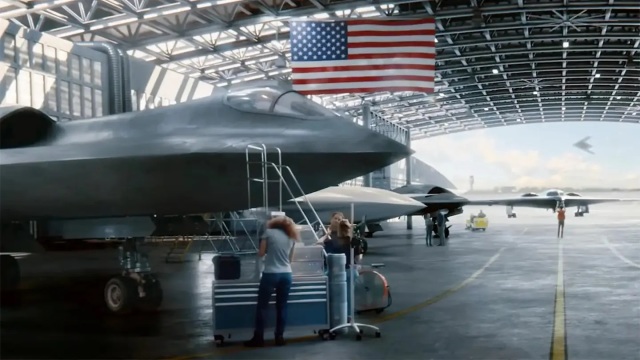
jpg" title="Conceptual appearance of a promising sixth-generation fighter with directional weapons, previously published by Northrop Grumman Corporation">
The conceptual appearance of a promising sixth-generation fighter with directional weapons, previously published by Northrop Grumman Corporation (c) Northrop GrummanThe conceptual appearance of a promising sixth-generation fighter for the US Navy, presented by Boeing Corporation (c) Boeing
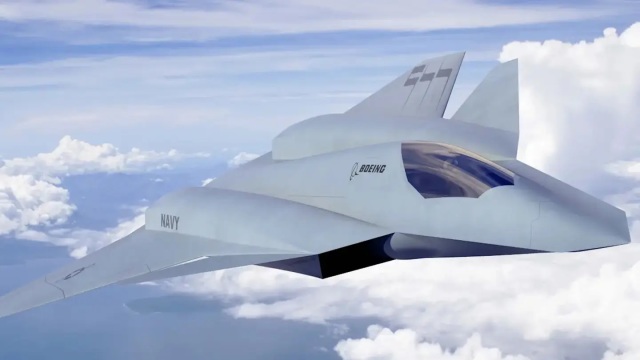
The main approaches of the US Air Force under the Next Generation Air Dominance (NGAD) program (c) of the US Air Force
